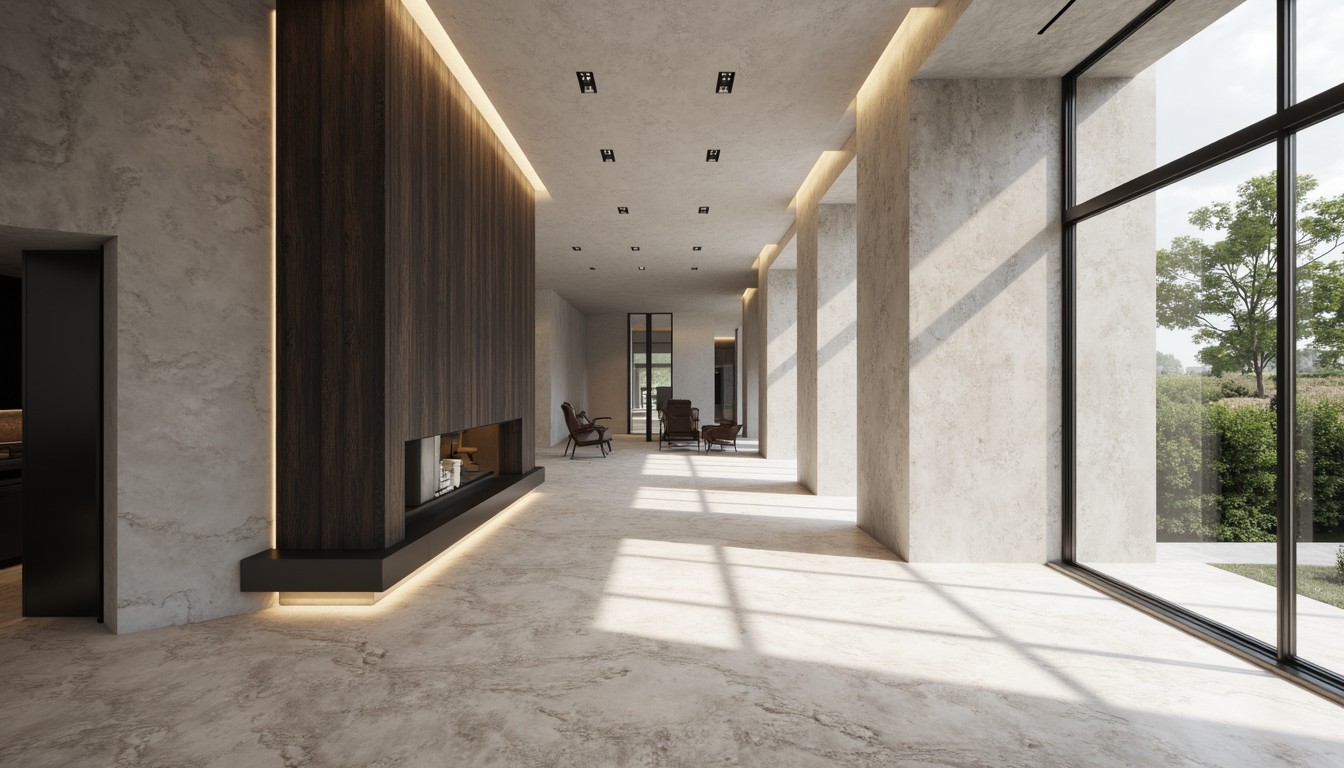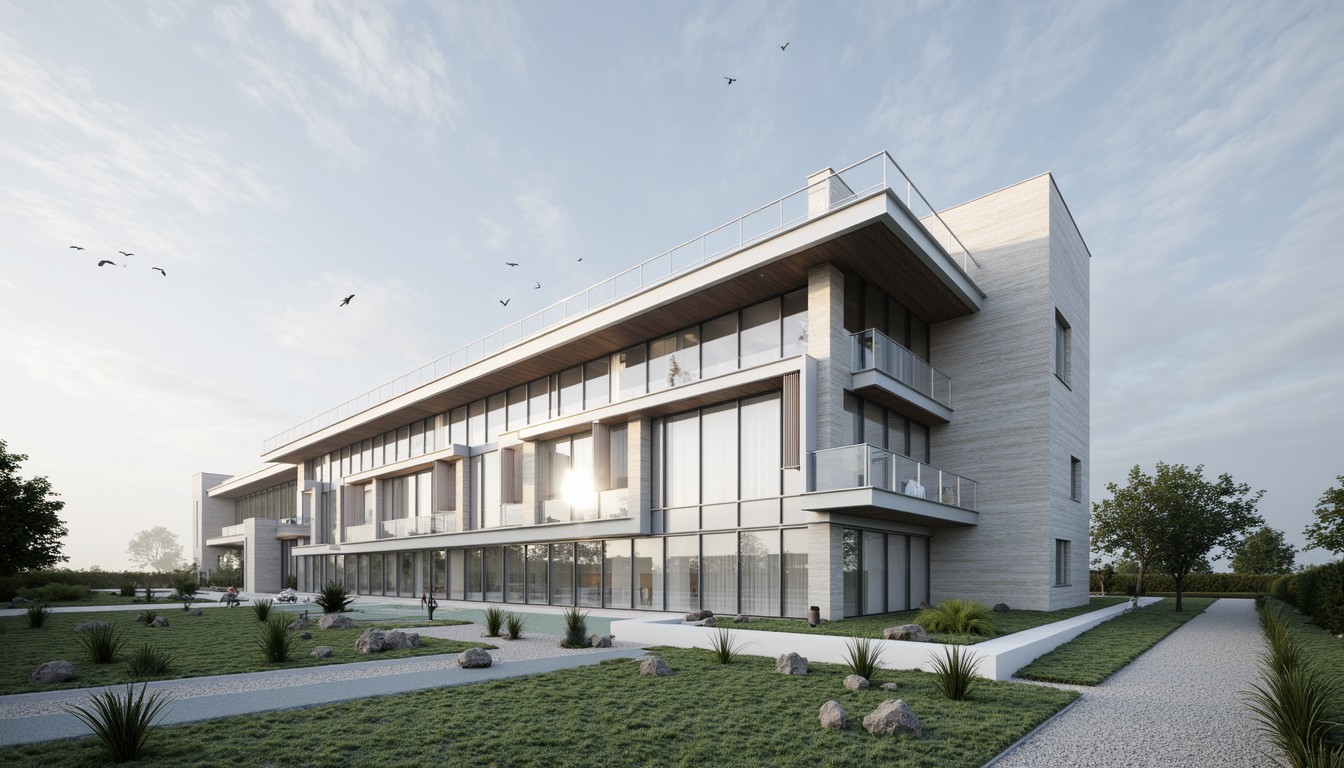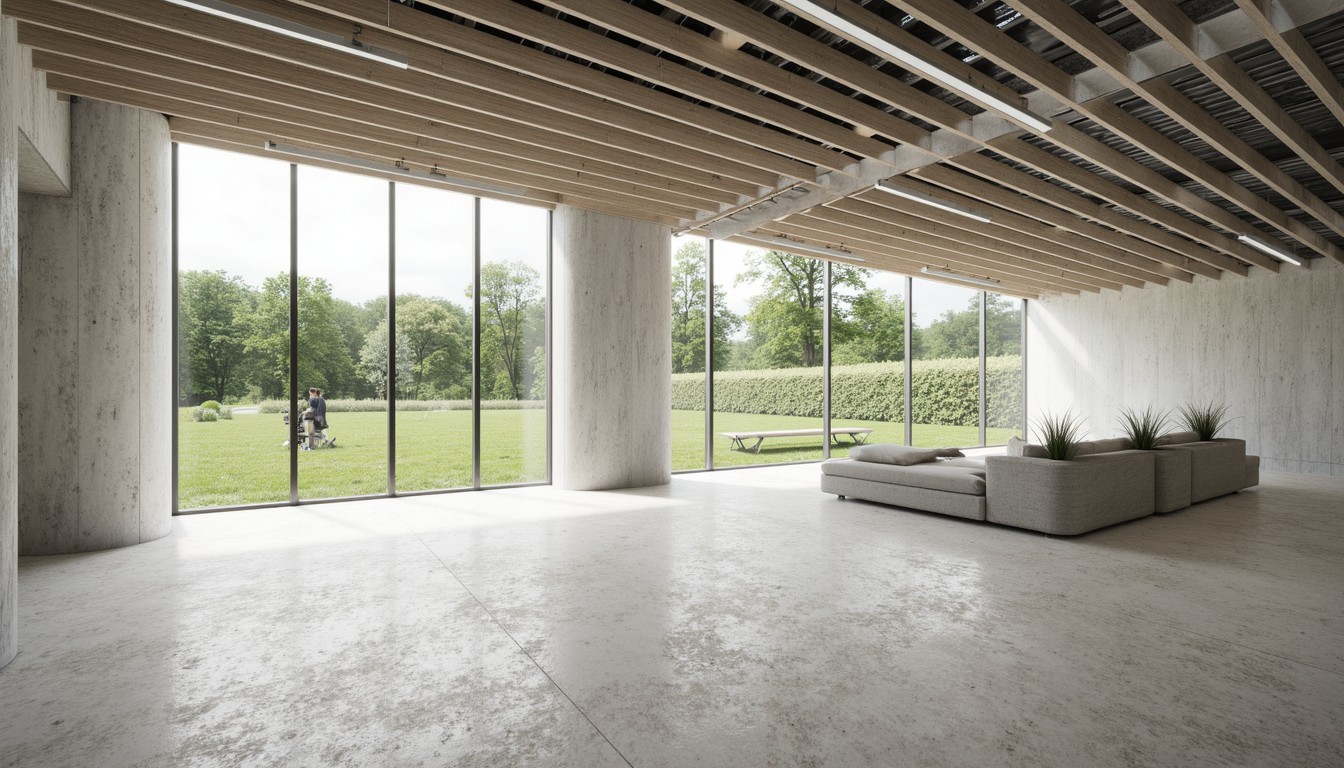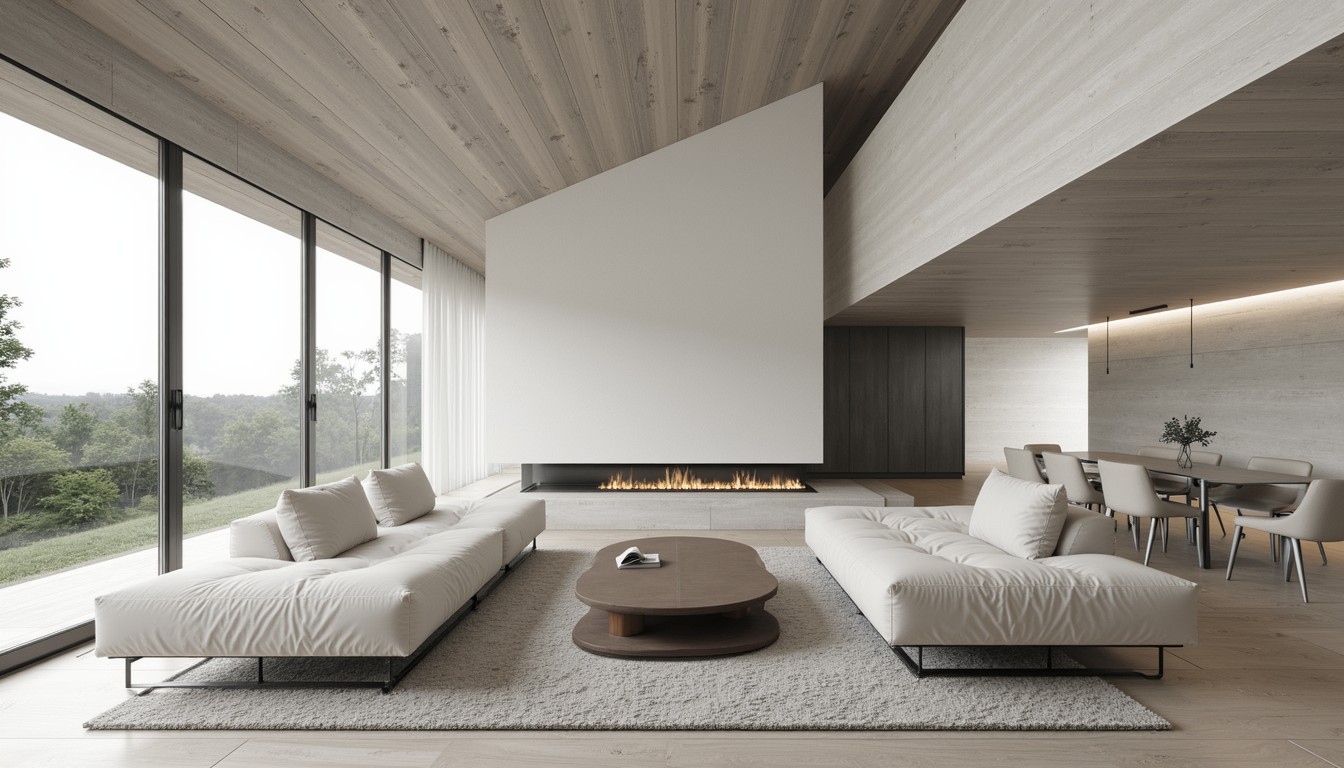Sustainable Architecture: Green Building Technologies & Visualizations
The construction industry is a significant contributor to global carbon emissions. However, a growing awareness of environmental responsibility is driving a revolution in architectural design, leading to the rise of sustainable architecture and the implementation of innovative green building technologies. At ArchNav, we believe that visualizing these sustainable solutions is crucial for their successful implementation and widespread adoption. This article delves into the key technologies shaping the future of green building and how architectural visualization plays a vital role in their communication and promotion.
Passive Design Strategies: The Foundation of Green Building

Passive design strategies focus on optimizing a building's relationship with its natural environment to minimize energy consumption. These strategies are fundamental to sustainable architecture and often form the basis for more advanced green technologies. Key elements include:
- Orientation and Site Selection: Positioning buildings to maximize solar gain in winter and minimize it in summer, taking advantage of prevailing winds for natural ventilation, and considering shading from trees and other structures.
- Thermal Mass: Utilizing materials with high thermal mass, such as concrete or brick, to absorb and release heat slowly, moderating temperature fluctuations throughout the day.
- Insulation and Air Sealing: Minimizing heat loss in winter and heat gain in summer through the use of high-performance insulation and airtight construction techniques. This significantly reduces the load on HVAC systems.
- Natural Ventilation: Designing buildings to take advantage of natural breezes for cooling, reducing reliance on mechanical ventilation systems. This often involves strategically placed windows and vents.
ArchNav's high-quality visualizations can effectively showcase the impact of these passive design choices, allowing clients to understand how sunlight, wind, and shading interact with the building design before construction begins.
Active Green Building Technologies: Enhancing Efficiency

Active technologies actively work to improve energy efficiency and reduce environmental impact. Some prominent examples include:
- Solar Photovoltaic (PV) Systems: Generating renewable electricity directly from sunlight, significantly reducing reliance on the grid and lowering carbon emissions. ArchNav's visualizations can illustrate the optimal placement of solar panels for maximum energy production.
- Solar Thermal Systems: Utilizing solar energy to heat water for domestic use or space heating, reducing reliance on fossil fuel-based heating systems. Visualizations can demonstrate the integration of these systems into the building's design.
- Geothermal Heat Pumps: Utilizing the relatively constant temperature of the earth to heat and cool buildings, offering high efficiency and reduced environmental impact. ArchNav can create compelling visuals to show the geothermal system's underground components and their connection to the building.
- Green Roofs and Walls: Incorporating vegetation on roofs and walls to improve insulation, reduce stormwater runoff, and enhance biodiversity. Our visualizations can highlight the aesthetic and environmental benefits of these green features.
- Building Management Systems (BMS): Intelligent systems that monitor and control various building functions, such as lighting, heating, ventilation, and air conditioning, optimizing energy consumption in real-time.
Sustainable Materials: Reducing Embodied Carbon
The embodied carbon, or the carbon emissions associated with the manufacturing and transportation of building materials, is a significant factor in a building's overall environmental footprint. Sustainable architecture prioritizes the use of low-embodied-carbon materials, such as:
- Recycled and Reclaimed Materials: Utilizing materials that have already been produced, reducing the demand for new materials and minimizing waste.
- Locally Sourced Materials: Reducing transportation distances and associated carbon emissions. ArchNav's visualizations can emphasize the use of locally sourced materials, highlighting their regional context.
- Bio-based Materials: Materials derived from renewable sources, such as bamboo, timber, and hemp, offering lower embodied carbon compared to traditional materials.
- Rapidly Renewable Materials: Materials that regenerate quickly, such as bamboo, reducing the environmental impact of harvesting.
The Role of Architectural Visualization in Sustainable Design

ArchNav's architectural visualization services are instrumental in promoting and implementing sustainable design. Our high-quality renderings, animations, and virtual reality experiences allow architects, developers, and clients to:
- Communicate complex sustainable technologies effectively: Visualizations make it easier to understand and appreciate the benefits of green building technologies.
- Showcase the aesthetic appeal of sustainable design: Often, sustainable design is perceived as less visually appealing; however, our visualizations demonstrate the contrary.
- Simulate building performance: Visualizations can depict energy efficiency, natural light penetration, and thermal comfort, providing valuable insights into building performance.
- Engage stakeholders and secure buy-in: Compelling visuals help to garner support for sustainable projects.
Conclusion: ArchNav - Your Partner in Sustainable Architecture
Sustainable architecture is not just a trend; it's a necessity. By embracing green building technologies and leveraging the power of architectural visualization, we can create more environmentally responsible and energy-efficient buildings. ArchNav is committed to helping architects and developers realize their vision for sustainable design. Our expert team utilizes cutting-edge technologies to create stunning and informative visualizations that effectively communicate the benefits of green building, facilitating the adoption of sustainable practices and the creation of a more sustainable built environment. Contact us today to learn how we can help you visualize your next sustainable project.
